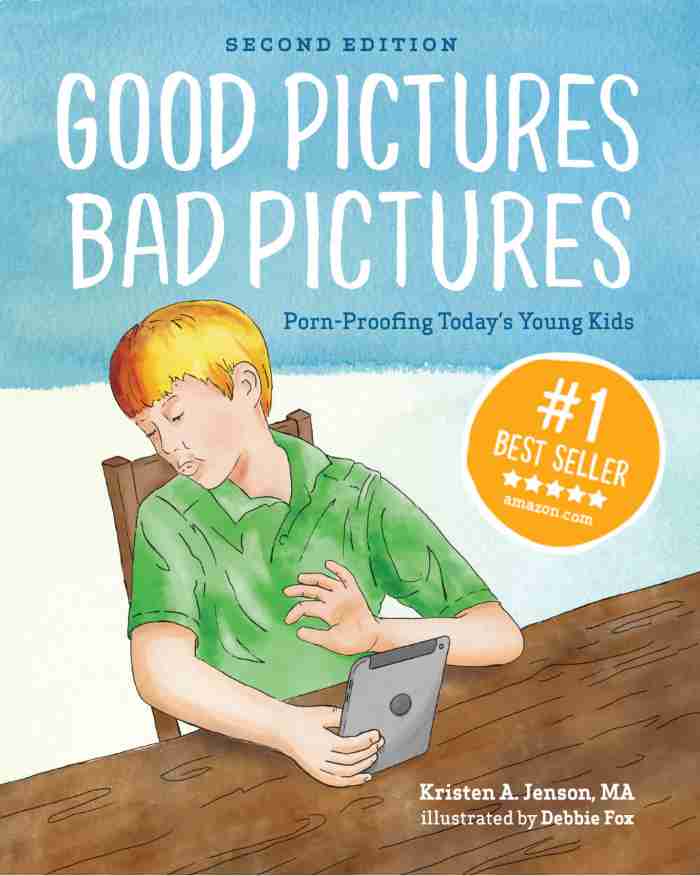

Pornography Makes People into Things
I recently saw this quote superimposed over a serene photo: “People were created to be loved. Things were created to be used. The reason why the world is in CHAOS is because things are being loved and people are being used.”

Using people as things underlies the degradation of pornography.
In fact, the objectification of people is one of the major emotional and psychological harms of pornography use. Why is it so bad to objectify human beings?
When people become “things” in our minds, they are no longer subject to our normal moral or ethical boundaries. I can kick a rock, throw it against a wall, crush it with a sledgehammer, and I don’t feel bad about it. The rock isn’t alive or sentient.
There seems to be no end to the hurtful, violent and repulsive ways that human beings can be used when they are portrayed as objects.
Using people as things in porn videos certainly hurts the people who are objectified, but it hurts the viewers as well.
[[CTA]]
In her book, What’s the Big Deal about Pornography? A Guide for the Internet Generation, Dr. Jill C. Manning describes how we lose part of our humanity when we begin to objectify other humans.
Objectification takes away human qualities and adds the qualities of an object (something that doesn’t speak, doesn’t have feelings, and can’t make choices) so that people are less likely to relate to, understand, or be sensitive toward the person being shown. Objectification takes place in many ways.
Some common ways include covering the face or mouth of a person or only showing parts of a person’s body; not giving a person a name or attaching a label that is derogatory or negative; not sharing any identifying information about a person, such as age, interest, family, or education; hiding the true feelings of the person shown so the audience does not know or is misled about how she feels; showing the person in a disrespectful, degrading, or inhumane light; or showing only one aspect of someone’s personality or humanity (such as sexuality or the physical body).
When humans begin to objectify other humans, we lose part of our humanity and diminish our divine ability to love and care for others. (Manning, p. 42-43).
I know of a young girl who secretly viewed pornography over her iPod Touch for several months before her parents found out. A big part of her therapy consisted of “re-humanizing” the actors by seeing them as someone’s daughter or son, someone’s niece or cousin, someone’s friend.
Pornography is damaging in so many ways, but decreasing our humanity, our empathy for another’s pain and our ability to love may be the worst. One way to “porn-proof” our kids is to teach them that all people have feelings and no one likes to be treated unkindly. The “bad pictures” of pornography show people being treated in unkind and very disrespectful ways just to excite and entertain others for money.
Let's teach our children that pornography is de-humanizing and just plain wrong.



Good Pictures Bad Pictures
"I really like the no-shame approach the author takes. It's so much more than just 'don't watch or look at porn.' It gave my children a real understanding about the brain and its natural response to pornography, how it can affect you if you look at it, and how to be prepared when you do come across it (since, let's face it... it's gonna happen at some point)." -Amazon Review by D.O.







